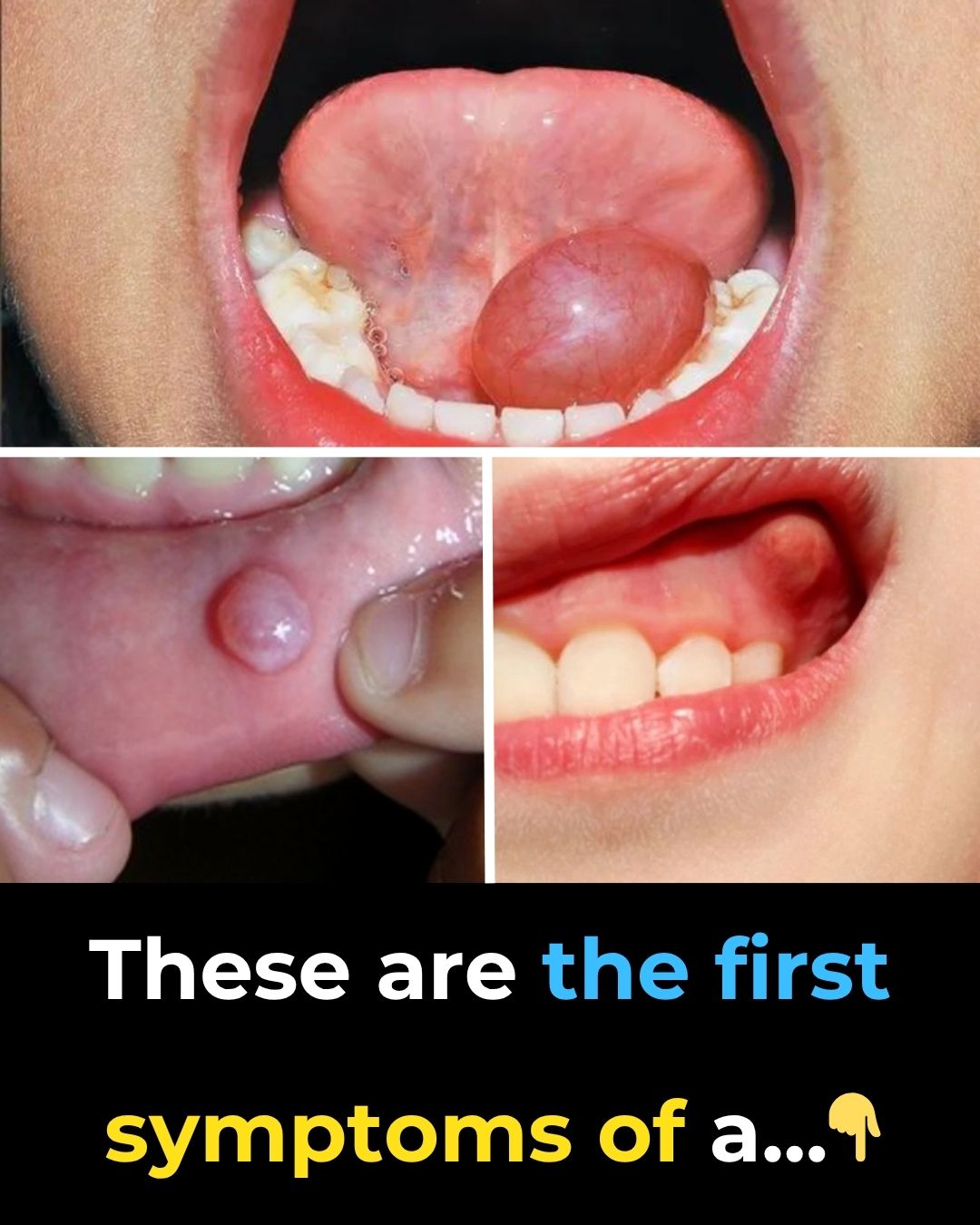Causes and Risk Factors
Several factors can significantly increase your risk of developing oral cancer:
Tobacco Use: This includes smoking cigarettes, cigars, pipes, and chewing tobacco. Approximately 80% of oral cancer cases are directly linked to tobacco consumption.
Excessive Alcohol Use: Heavy drinking, especially when combined with tobacco use, multiplies the risk.
HPV Infection: Certain strains of the human papillomavirus (HPV) are linked to oral cancers, especially in the back of the throat.
Poor Oral Hygiene: Long-term neglect of oral health can increase vulnerability to infections and cancer.
Sun Exposure: Prolonged exposure to the sun without protection can lead to lip cancer.
Family History: A genetic predisposition to cancer may elevate the risk in some individuals.
Dietary Deficiencies: Low intake of fruits and vegetables can reduce the body’s natural defenses against cancer.
Stages of Oral Cancer
The stage of the cancer determines both the treatment approach and the likely prognosis:
Stage 1: Tumor is less than 2 cm (about 1 inch) and has not spread to lymph nodes.
Stage 2: Tumor measures 2–4 cm but still hasn’t reached the lymph nodes.
Stage 3: Tumor is larger than 4 cm or has spread to one nearby lymph node.
Stage 4: Cancer has spread to nearby tissues, lymph nodes, or distant organs, making treatment more complex.
Treatment Options
Oral cancer treatment varies depending on the type, location, and stage of the disease. Standard treatments include:
Surgery: Removal of the tumor is often the first line of defense. In some cases, reconstructive surgery may be necessary, using advanced techniques such as pedicle or free flap reconstruction.
Radiation Therapy: High-energy rays are used to target and destroy cancer cells. Types include external beam radiation therapy (EBRT) and brachytherapy, a more localized internal form.
Chemotherapy: Anti-cancer drugs are used to kill cancer cells, often in combination with radiation for better results.
Targeted Therapy: This involves drugs designed to interfere with specific molecules involved in cancer growth, often producing fewer side effects than traditional chemotherapy.
Immunotherapy: In some advanced cases, therapies that boost the body’s natural immune response to fight cancer may be recommended.
A multidisciplinary approach often yields the best outcomes, combining surgery, radiation, and drug therapy depending on the patient’s condition.
